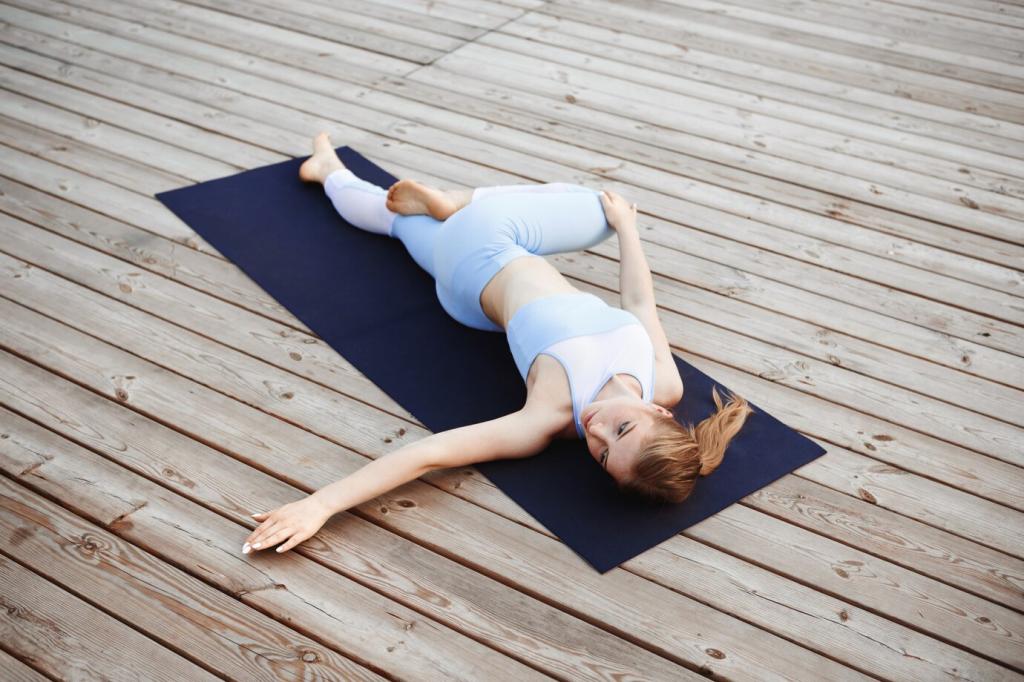
Soft Landings: Yoga Postures for Relaxation — For Absolute Beginners
Chosen theme: Yoga Postures for Relaxation Beginners. Exhale the rush of the day and step onto your mat with kindness. This friendly home page welcomes newcomers into a restful practice that soothes nerves, quiets thoughts, and relaxes the whole body. Read on, try a pose, and subscribe for gentle weekly guidance tailored to truly beginner-friendly relaxation.
Start Where You Are: Foundations for a Relaxing Beginner Practice
The Beginner’s Mindset
Begin with permission to go slow. Notice your breath, your heartbeat, and your mood without judgment. Relaxation thrives when effort softens. Let the practice meet you exactly where you are today, and invite small improvements rather than instant results.
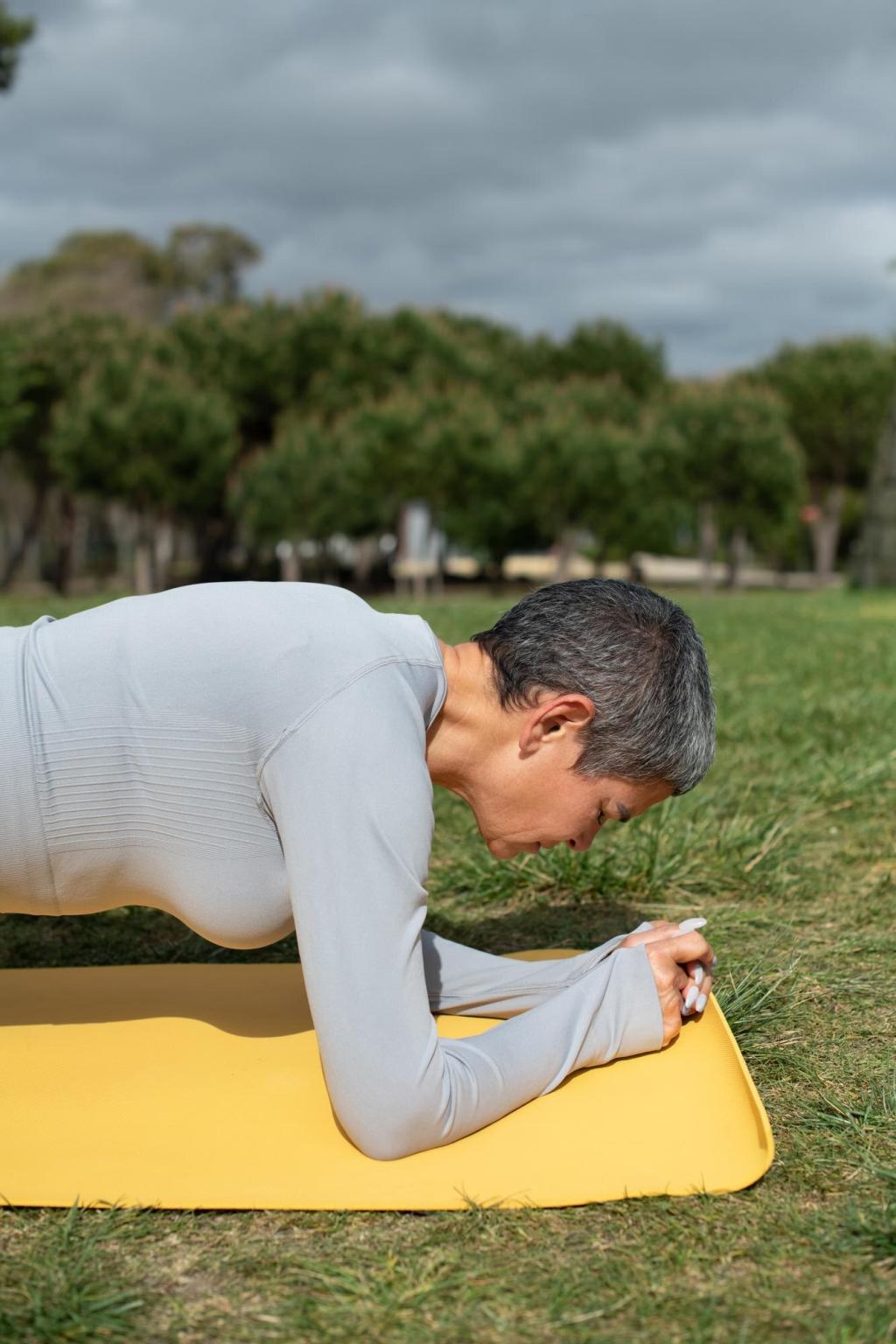
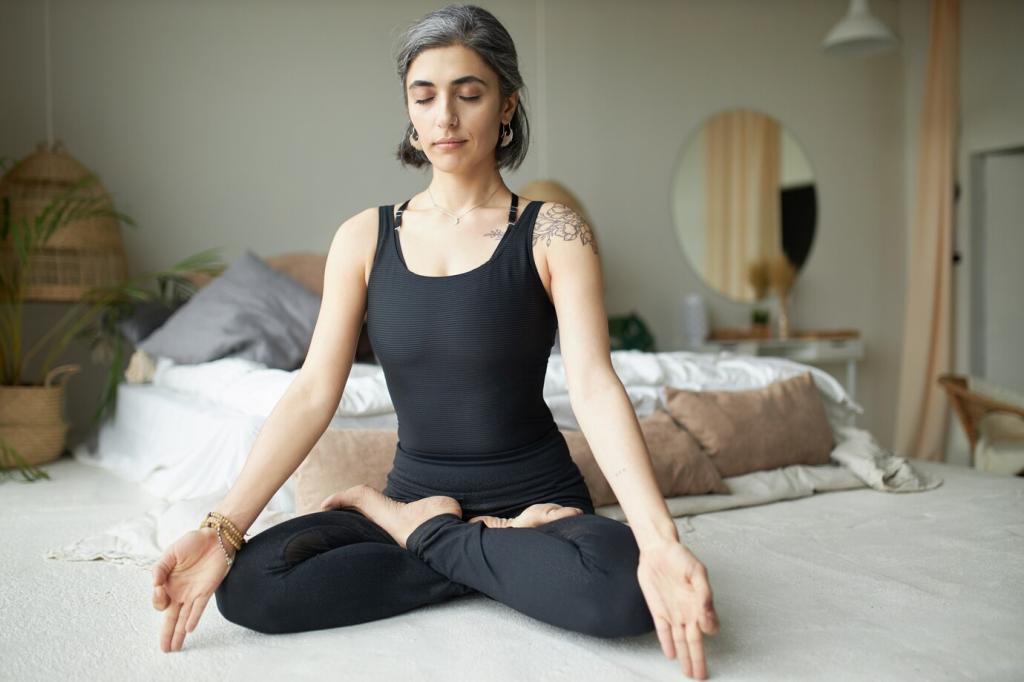
Simple Props, Big Comfort
A folded blanket under knees, a pillow beneath the head, and a strap or scarf for gentle stretches can transform discomfort into ease. Props help beginners relax sooner, release tension safely, and stay longer in calming shapes without strain.
Three Soothing Poses Every Beginner Can Trust
Kneel with big toes touching and knees wide. Place a pillow or folded blanket under your torso and forehead. Let your arms drape alongside. Breathe into your back ribs. If knees protest, add more padding or bring knees closer until the shape feels comforting.
A Gentle 15-Minute Evening Sequence
Arrive and Unwind
Begin seated with a tall spine. Roll shoulders, soften your jaw, and yawn if it feels natural. Practice five breaths: inhale for four counts, exhale for six. Finish with two easy neck stretches and a seated forward fold with bent knees for friendly release.
Soften and Release
Move into Child’s Pose with a cushion, then transition to Supported Bound Angle for five slow breaths. Add a gentle supine twist, knees over a pillow. Keep your face relaxed and eyelids heavy. Each exhale whispers to the body: you can let go now.
Rest and Integrate
Close with Savasana, a blanket beneath your knees for comfort. Scan from toes to scalp, noticing areas that soften as the floor supports you. Stay two to three minutes, then roll to your side slowly. Sit, thank yourself, and share your experience in the comments.
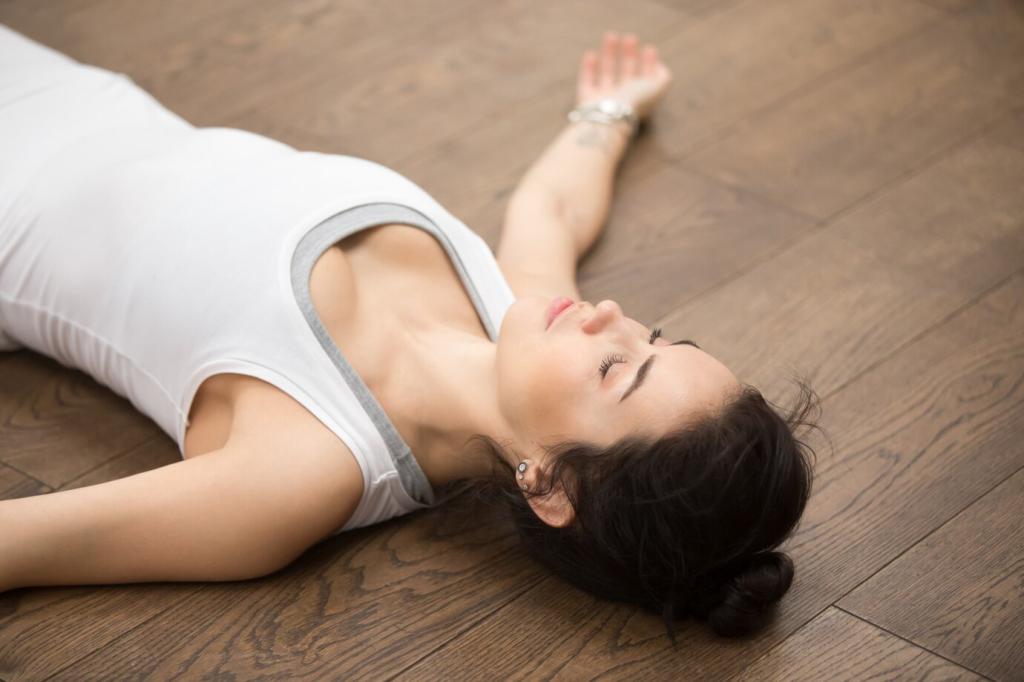
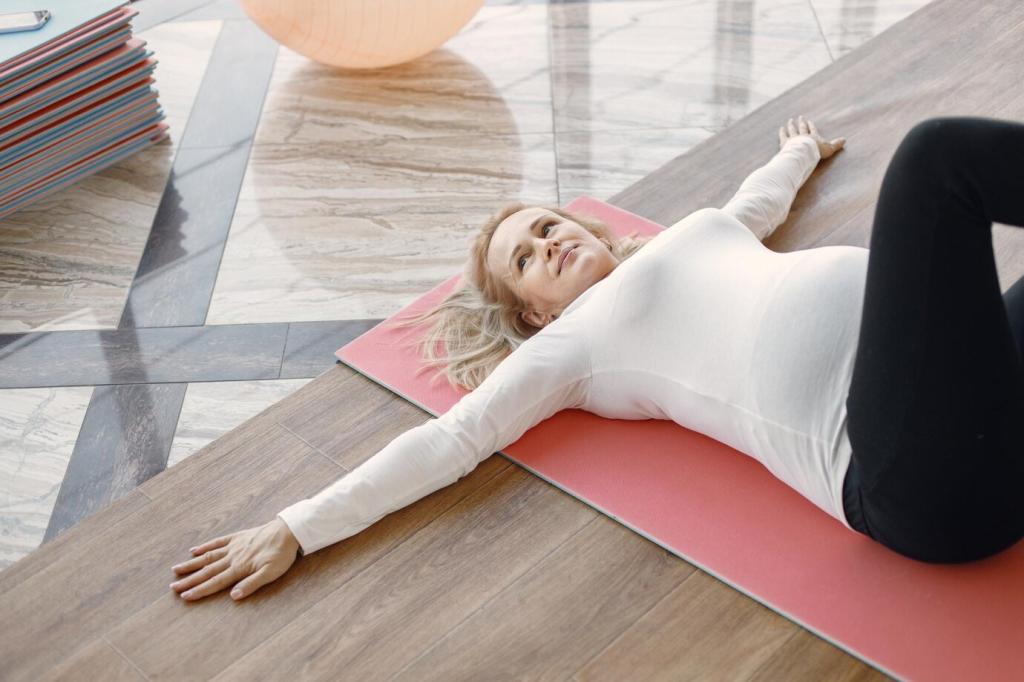
Safety, Comfort, and Modifications for New Yogis
Use extra padding beneath knees in kneeling shapes, and keep a slight bend in hamstrings-heavy positions. If your lower back tenses, add support under the hips or behind the knees. Comfort invites relaxation; strain invites tension. Choose comfort every time.
Safety, Comfort, and Modifications for New Yogis
There is no single correct depth. Move within a range that allows steady breathing and easy facial muscles. If your breath becomes shaky, ease out a little. Beginners relax best when intensity is modest, consistent, and kind to tender areas.
Why It Works: Stories and Science of Relaxation
The Relaxation Response
Slow, nasal breathing and supported postures encourage parasympathetic activity, lowering heart rate and muscle tension. Longer exhales stimulate the vagus nerve, which helps the body downshift from stress. This is why subtle, steady practice feels profoundly calming.
A Beginner’s Anecdote
Maya started with five minutes of Legs Up the Wall after busy shifts. Within a week, she noticed deeper sleep and fewer late-night worries. Her secret was consistency and curiosity, not intensity. Let her story inspire your own gentle, daily reset.
From Tension to Rest
Many beginners report softer shoulders, calmer breathing, and improved focus after a short sequence. Relaxation is a skill, and skills grow with practice. Share your first-week observations below, and subscribe for new beginner-friendly sequences that support your progress.
Keep your mat unrolled, a pillow and blanket within reach, and soft lighting or a candle for evening calm. When your space feels welcoming, you will practice more often. Snap a photo of your corner and share it to inspire fellow beginners.
